Embark on a journey through our thoughtfully curated assortment, featuring 15 free divorce settlement agreement samples. Within this carefully selected collection, we offer a diverse range of templates, each artfully designed to address various aspects of divorce proceedings. Navigating the challenging terrain of divorce is made more straightforward with our expertly crafted samples, offering a balance of legal rigor and user-friendly accessibility.
Download your free divorce settlement agreement template in Microsoft Word format. Choose from our curated selection to easily navigate your divorce with confidence and clarity. Get the tools you need for a smooth, organized resolution – all for free.
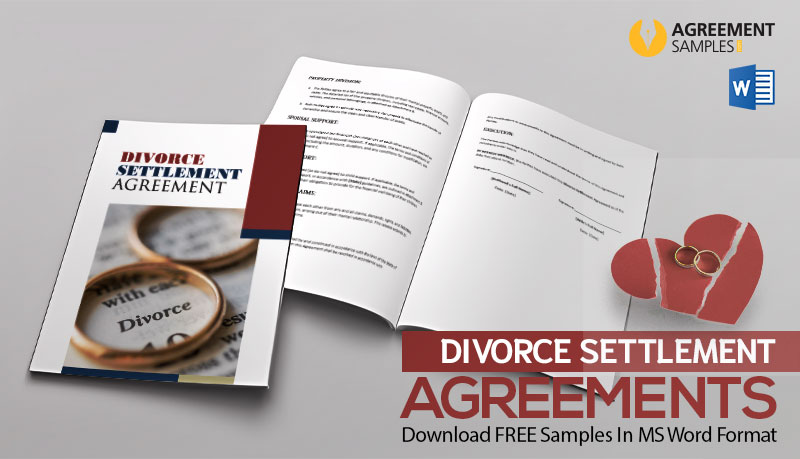



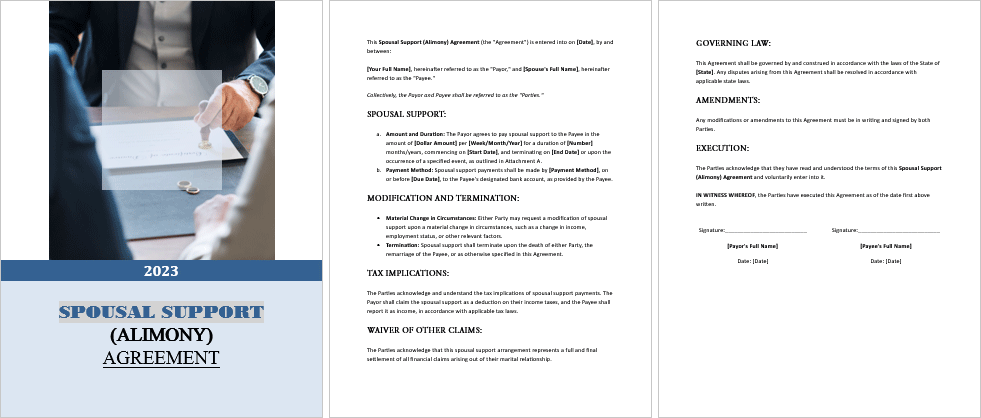



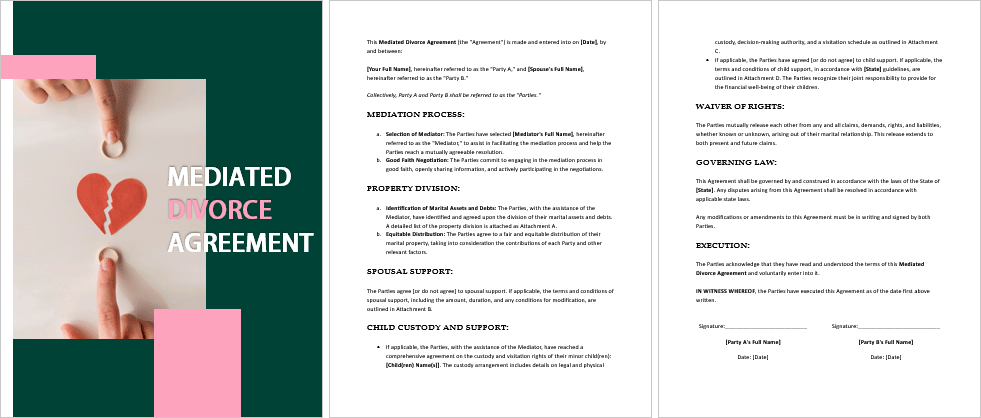
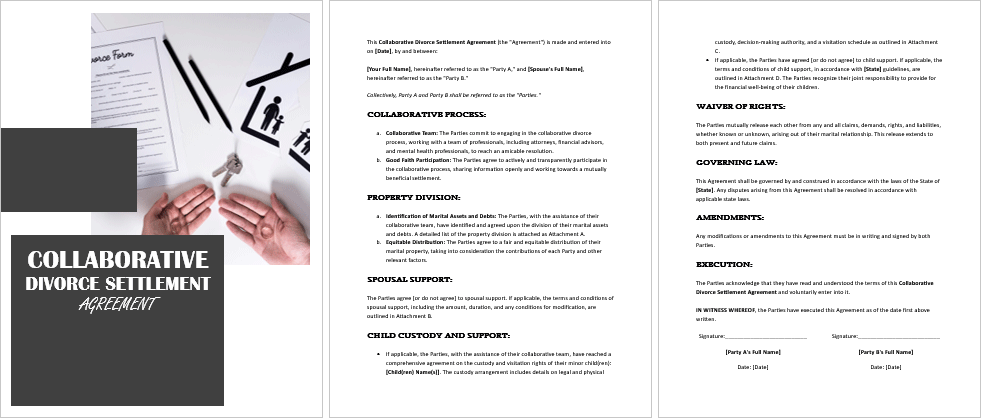
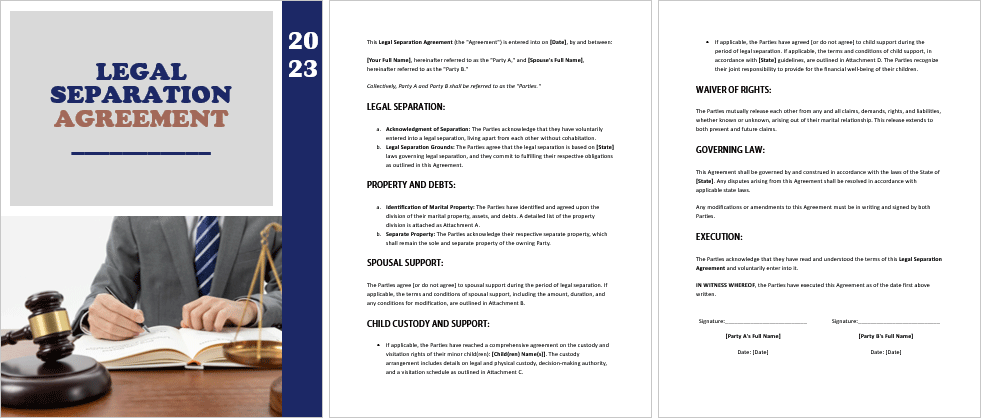


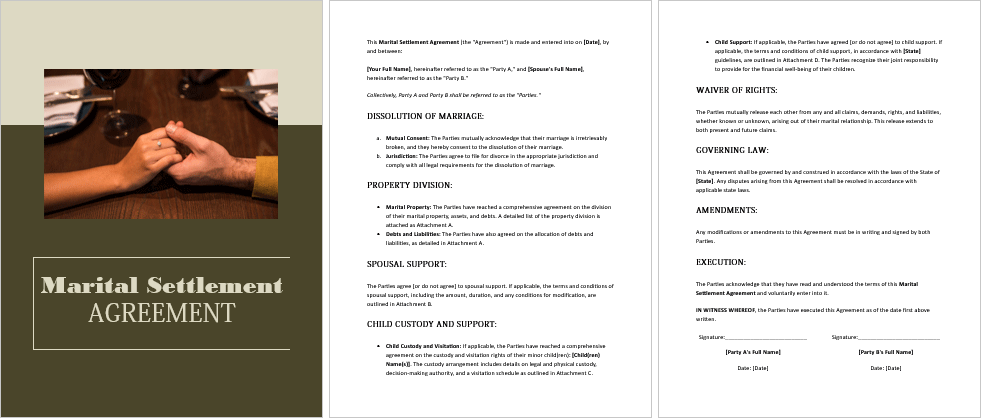


These strategies help navigate divorce settlements with confidence.
← Previous Article
14+ Free Mortgage Loan Agreement Templates – Download Now!